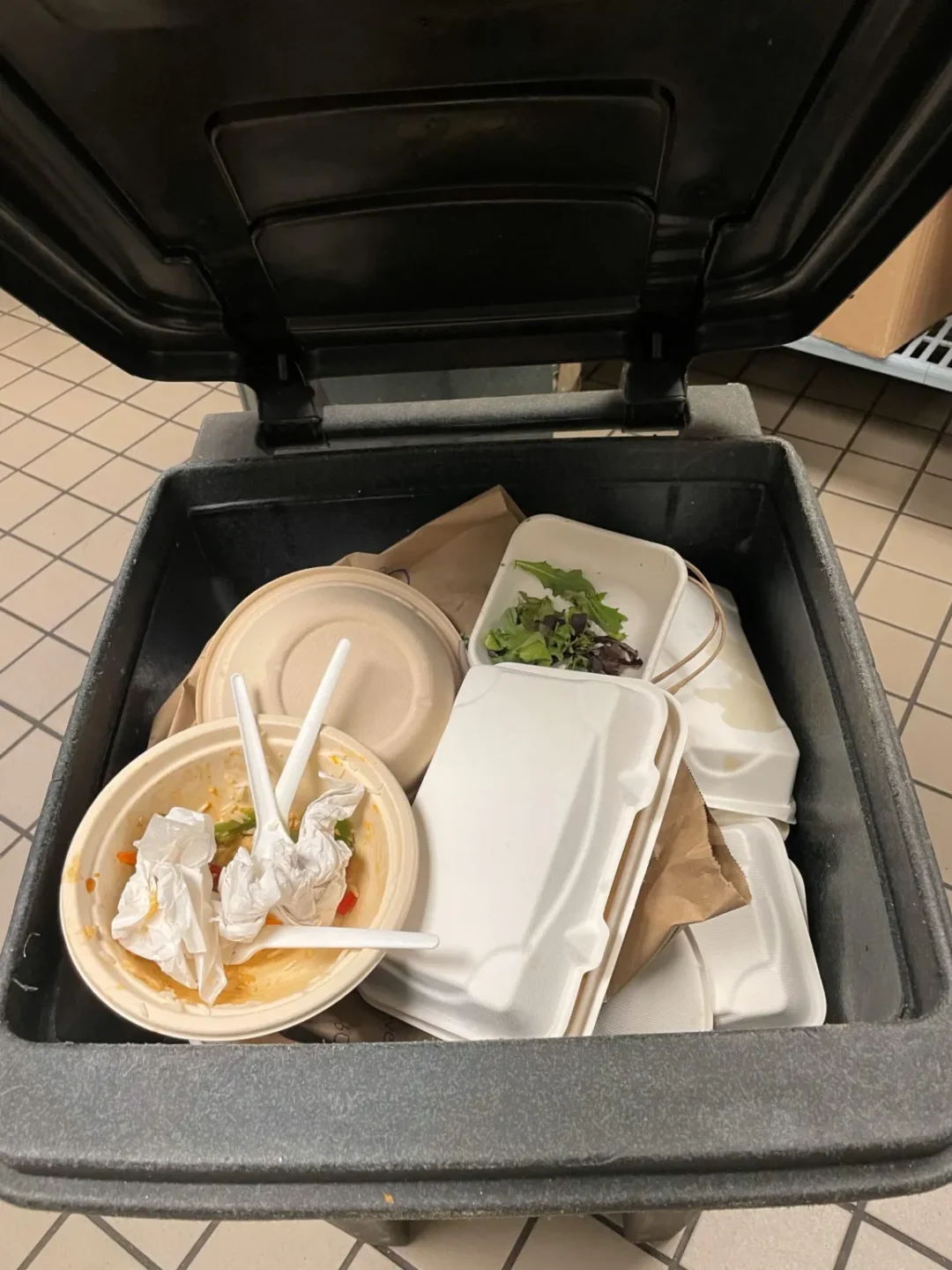Author: Jillard De Fiesta ’27
Does Princeton Have a Garden? Hint: The Answer is Yes!
Do you like gardening? Ever wondered if Princeton had a garden? The Princeton Garden Project aims to educate the Princeton community through organic agriculture while promoting sustainable practices. According to one study, a lack of gardening spaces in U.S. university campuses limits growth, both socially and educationally. The Princeton Garden Project provides a space to cultivate learning and crops, which encourages sustainable behavior and pro-environmentalism attitudes.
Visions and Goals of the Princeton Garden Project
The Princeton Garden Project is an organic, student-run garden that allows students to engage in sustainable practices. The Project is currently led by four managers: Rio Baran ’25, Raphi Gold ’26, Alex Gayer ’27, Liz Kunz ’27, Carter McLean ’27, and Josie Veilleux ’27. Some activities within the garden include composting, hydroponics, and companion planting. Moreover, the project informs the campus and its participants the importance of sustainable practices such as providing awareness on the impact of hydroponics, encouraging the use of local seeds, and rejecting pesticides.
A big part of the Garden Project is their commitment to the practice of hydroponics and educating the community on its importance. In a study by Rajaseger et al., the implementation of hydroponics is said to promote environmentally friendly crop production. It is an optimized method of ensuring food security and food production since hydroponics systems can efficiently operate regardless of the weather conditions. Hydroponics also departs from the use of pesticides, produces minimum waste, and encourages pest management that is not harmful to the environment. Lastly, the future of hydroponics has great potential with its current development in AI systems, truly making it a forefront for smart agriculture.
A major event that the Princeton Garden Project hosts is the Fall Festival. A common activity is pot planting and painting, and the project likes to showcase their harvest — cucumbers, tomatoes, sweet peas, and more. Some of the harvest is even shared to donate to co-ops on campus, food banks such as Arm in Arm, volunteers, and other places. The Princeton Garden Project is also a regular participant in the University’s Earth Week events. Other events include hosting guest speakers and collaborations with the SEED farm, an organization composed of community partners who strive to cultivate native crops.
When asked about what interested them to participate in the Princeton Garden Project, project manager Raphi Gold said that she “took a farming gap year, going to small homesteads,” in which she learned she wanted to get involved in more gardening, despite not being exposed to much of it while growing up. She also enjoys “the physical act of gardening, getting more connected to the outdoors, and connecting with other people.” Rio Baran, another project manager, also shares how they “grew up on the iris flower farm” and enjoys how “people find stories in the garden.”
Getting Involved
The Princeton Garden Project is a great opportunity for those interested in creating a community where you can work outside and grow some delicious veggies! They always welcome any volunteers, so be sure to attend their weekly open hours and events such as the Fall Festival, more information coming soon! You can also join their GroupMe here: https://groupme.com/join_group/89508735/dBWaGS9d. To learn more about their organization, please visit their website at https://princetongardenproject.wordpress.com/ and follow their Instagram @princetongardenproject.
Citations:
De Young, R., Scheuer, K., Roush, J., & Kozeleski, K. (2016). Student interest in campus community gardens: Sowing the seeds for direct engagement with sustainability. World Sustainability Series, 161–175. https://doi.org/10.1007/978-3-319-26866-8_10
Rajaseger, G., Chan, K. L., Yee Tan, K., Ramasamy, S., Khin, M. C., Amaladoss, A., & Kadamb Haribhai, P. (2023, September 30). Hydroponics: Current trends in sustainable crop production. Bioinformation. https://www.ncbi.nlm.nih.gov/pmc/articles/PMC10625363/







